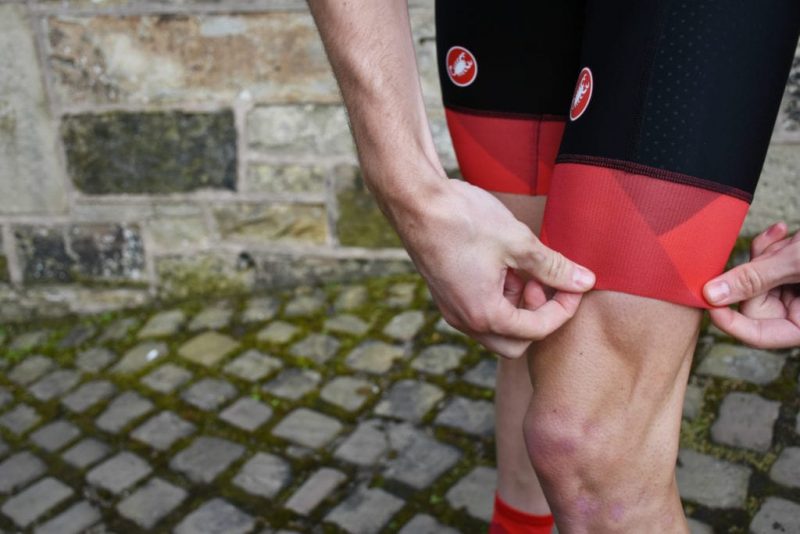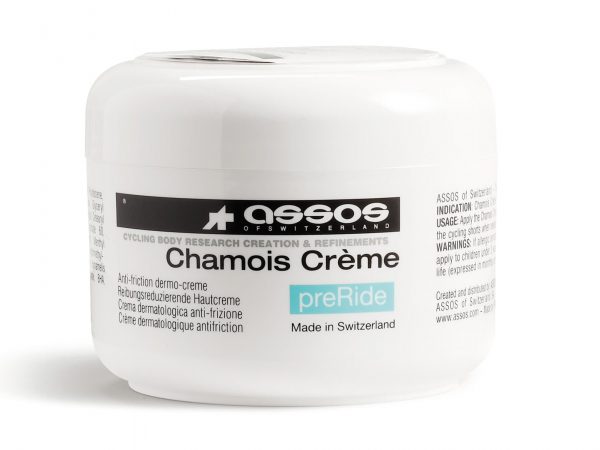6 Reasons Why Cyclists Shave Their Legs
You may have noticed, perhaps, something a bit usual the last time you went out on a group ride; some of your male riders have shaved their legs.
If you’ve been wondering why male cyclists shave their legs, you’ve come to the right place.
There’s a multitude of reasons for it, which can make it a tad difficult to pinpoint one reason over another. Most of the time, these cyclists feel like it gives them an advantage as many pros opt to shave their legs ahead of big competitions.
Here’s why pro (and non-pro) cyclists shave their legs.
More Comfortable Post-Race Massage
While likely only the top-tier professional riders are consistently scheduling massages for after their rides, when you shave your legs, a deep tissue massage of the calves and legs is considerably more comfortable when there isn’t hair on your legs to tug.
A massage with leg hair isn’t necessarily painful, but it can certainly be irritating. When a hand is pushing deep into your leg muscles, it’s only naturally going to also pull on your leg hairs, which can feel like a stinging sensation.
It’s not just a massage, though, that can be irritating. A lot of cyclists use a foam roller after rides, which is great for working out kinks in your leg, calf, and back muscles. But it’s even more painful for legs that are not shaved.
The foam roller is made of a material that, for some reason, pulls on leg hairs really badly and can be pretty painful. If you shave your legs, you don’t have to worry about any hairs getting pulled by the roller.
Easier to Treat Road Rash
If you ever take a gnarly fall and end up with serious road rash, you’re going to be happy that you opted to shave your legs.
In fact, cyclists have been shaving their legs for nearly a 100 years because they believed it contributes toward a quicker recovery from road rash.
While the hair on your legs won’t really make road rash better or worse, dealing with ointments, creams and bandages is significantly easier without hair on your legs.
Creams and ointments don’t mix well with leg hair. In fact, the hair on your legs can prevent your bruises, scratches and road rash from receiving enough ointment or cream. It then dries on your hair oddly and can be painful when wiping off.
The biggest advantage for having shaved legs in this situation is when it comes to applying and taking off bandages. There’s nothing worse than trying to take off an adhesive bandage and ripping out a bunch of leg hairs along the way.
How can you avoid that pain? Shave your legs.
Gain Marginal Aerodynamics Advantage
Can you be a faster cyclist if you shave your legs? The quick answer is yes.
Now, if you’re an amateur cyclist, understand that your results may be minimal. Top-tier cyclists, however, may see a noticeable difference.
Bike manufacturer Specialized conducted a cycling test in its wind tunnel testing chamber that proved cyclists who shave their legs have a reduced drag that saves about 15 watts of energy at a specific speed. That translates to a 79-second advantage in a 40 kilometer time trial. Those results were consistent across a half-dozen cyclists.
So, if you’re looking to take a few seconds off your next race, shaving your legs certainly can’t hurt. In fact, it could help you more than you imagined, but don’t expect monumental results if you’re not putting in miles and work on the hills.
To Fit Into the Bunch
If you ride with a group of competitive cyclists, there’s a good chance a few of your mates have shaved their legs.
There’s also a good chance you want to do the same just to fit in.
This isn’t a bad thing. This type of peer pressure, especially from adults, is fun and lighthearted. Here’s the thing, if you don’t like your legs when they are shaved, just wait for a few months for it to grow back completely.
Following the leader is quite common.
“Cycling is a very tribal sport, said Steve Madden, of Bicycling Magazine. “You take cues from the leaders – the pros – who all shave.”
So, if you want to fit in with the group, be our guest. Who knows, maybe you’ll also shave some seconds off your next time trial.
Read More : 23 Bunch Riding Etiquettes Everyone Should Know
Look More Attractive with Lycra
Leg hair and lycra simply don’t go together. It’s uncomfortable and potentially painful, and it just doesn’t look nice.
This is a big reason why male cyclists ultimately shave their legs.
But it’s not an easy conversation to have with your non-cycling friends. You are, after all, shaving your legs and wearing super-tight bib shorts. Not exactly the manliest conversation.
But more and more cyclists are hopping on board with this trend. Don’t expect it to end anytime soon.
For Better Bib Shorts Comfort
If you need the biggest reason to shave your legs, it’s for comfort while wearing bib shorts.
Bib shorts are already slightly uncomfortable because they’re fairly unnatural. But the leg grippers to help them stay on your thigh can cause serious discomfort if you have long hair on your legs. Many cyclists who wear bib shorts opt to shave their upper legs at least to deal with this pain.
When they decide to do this, then, they ultimately decide to shave both of their entire legs just to make sure everything looks even (and to see if the other benefits in this article are actually true.)
It’s not just uncomfortable, either. Leg hair and bib shorts is not a very good looking combination either. Some cyclists
Shaving Isn’t for Everyone
Ask any woman who shaves her legs on a daily basis; it takes a lot of time. Shaving your legs isn’t for everyone and the time it takes to shave every few days can be a bit daunting.
You also have to deal with this weird feeling of how things like bed sheets feel on your extra smooth legs.
But if you want to try it out, you have nothing to lose. In fact, you really only have things to gain by shaving your legs. If you absolutely hate it, your leg hair should grow back in about a month or too.
Author Recommended Reads



